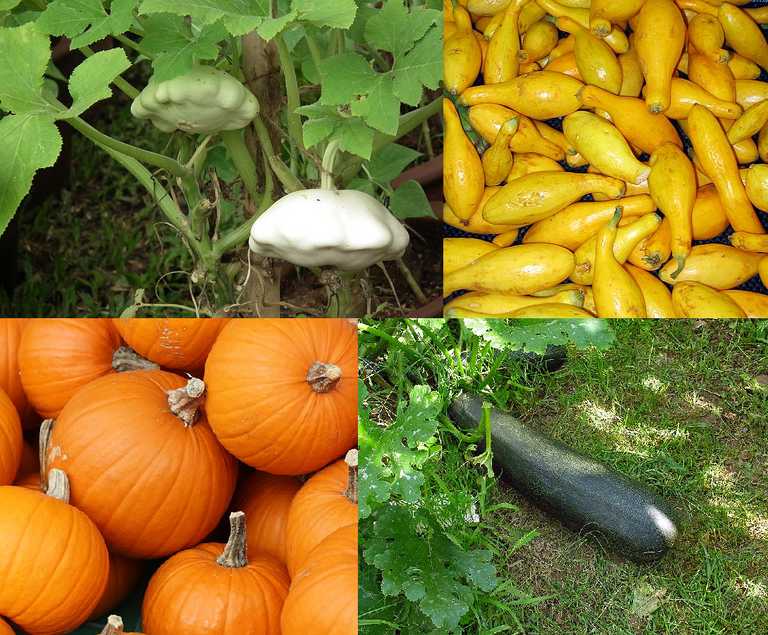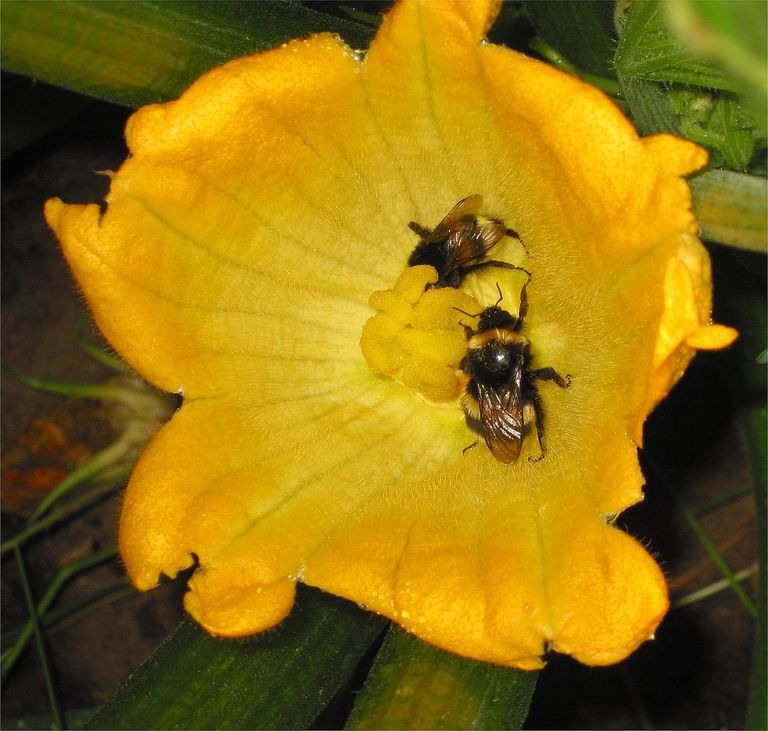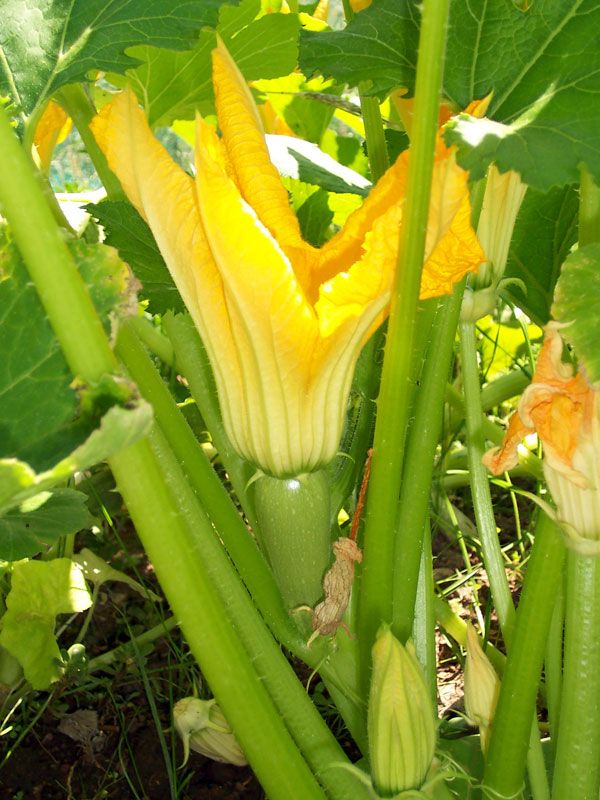
The morphological differences within the species C. pepo are so vast that its various subspecies and cultivars have been misidentified as totally separate species. These vast differences are rooted in its widespread geographic distribution.[6] C. pepo is one of the oldest, if not the oldest domesticated species.[5][7][8] The oldest known locations are in southern Mexico in Oaxaca 8,000–10,000 years ago and Ocampo, Tamaulipas, Mexico about 7,000 years ago.[5][7][8] Its ancient territory extended north into Texas and up the Greater Mississippi River Valley into Illinois and east to Florida, and possibly even to Maine.[6] It is one of several plants cultivated in prehistoric North America as part of the Eastern Agricultural Complex. It is known to have appeared in Missouri at least 4,000 years ago.[9] Some varieties grow in arid regions and some in moist regions.[6]
Debates about the origin of C. pepo have been going on since at least 1857.[10] Traditionally, two opposing theories are given about its origin: 1) C. pepo is a direct descendant of C. texana and 2) C. texana is feral C. pepo.[5] A more recent theory is that C. pepo is a descendant of C. fraterna and hybridized with C. texana;[11] resulting in two distinct domestication events in two different areas: one in Mexico and one in the eastern United States, with C. fraterna and C. texana, respectively, as the ancestral species.[9][11][12][13] C. pepo may have appeared in the Old World prior to moving from Mexico into South America.[9]
It is found from sea level to slightly above 2,000 m (6,600 ft). Leaves have three to five lobes and are 20–35 cm wide. All the subspecies, varieties, and cultivars are conspecific and interfertile. Random amplified polymorphic DNA has proven useful in sorting out the relationships of the C. pepo species, varieties, and cultivars, showing that few, if any, modern cultivars have their origins with C. texana. They are associated with C. fraterna or a still unknown ancestral specimen in southern Mexico.[6]



Wild C. pepo is still found in the same areas as C. fraterna in Mexico. Their isozymes are very similar. C. pepo has more similarities to C. fraterna than it does to C. texana, which is also claimed to be an ancestor of C. pepo. All studied C. fraterna alleles are also found in C. pepo.[11] Consequently, C. fraterna is the nearest relative of C. pepo. C. pepo is most likely an early domesticated form of C. fraterna. It crosses well with both C. pepo and C. texana. Unlike most wild Cucurbita species, some fruit specimens of C. fraterna have been found that were not bitter. Its usual habitat is dry upland scrub areas. C. pepo could be a compilospecies of C. fraterna and C. texana, which appear to be two species that were originally separate.[11][12] Based on genetic allele analysis, two distinct groups occur within C. pepo: pumpkin, calabaza, criolla, and marrow squash are in one; and ornamental gourds, crookneck, acorn, scallop, and a few others in the second one. C. fraterna is genetically closer to the first group and C. texana is genetically closer to the second group.[13][14] Ornamental gourds found in Texas are called var. texana and those found outside of Texas (Illinois, Missouri, Arkansas, Oklahoma, and Louisiana) are called var. ozarkana.[8] In a 1989 study on the origins and development of C. pepo, Paris
cucurbita pepo